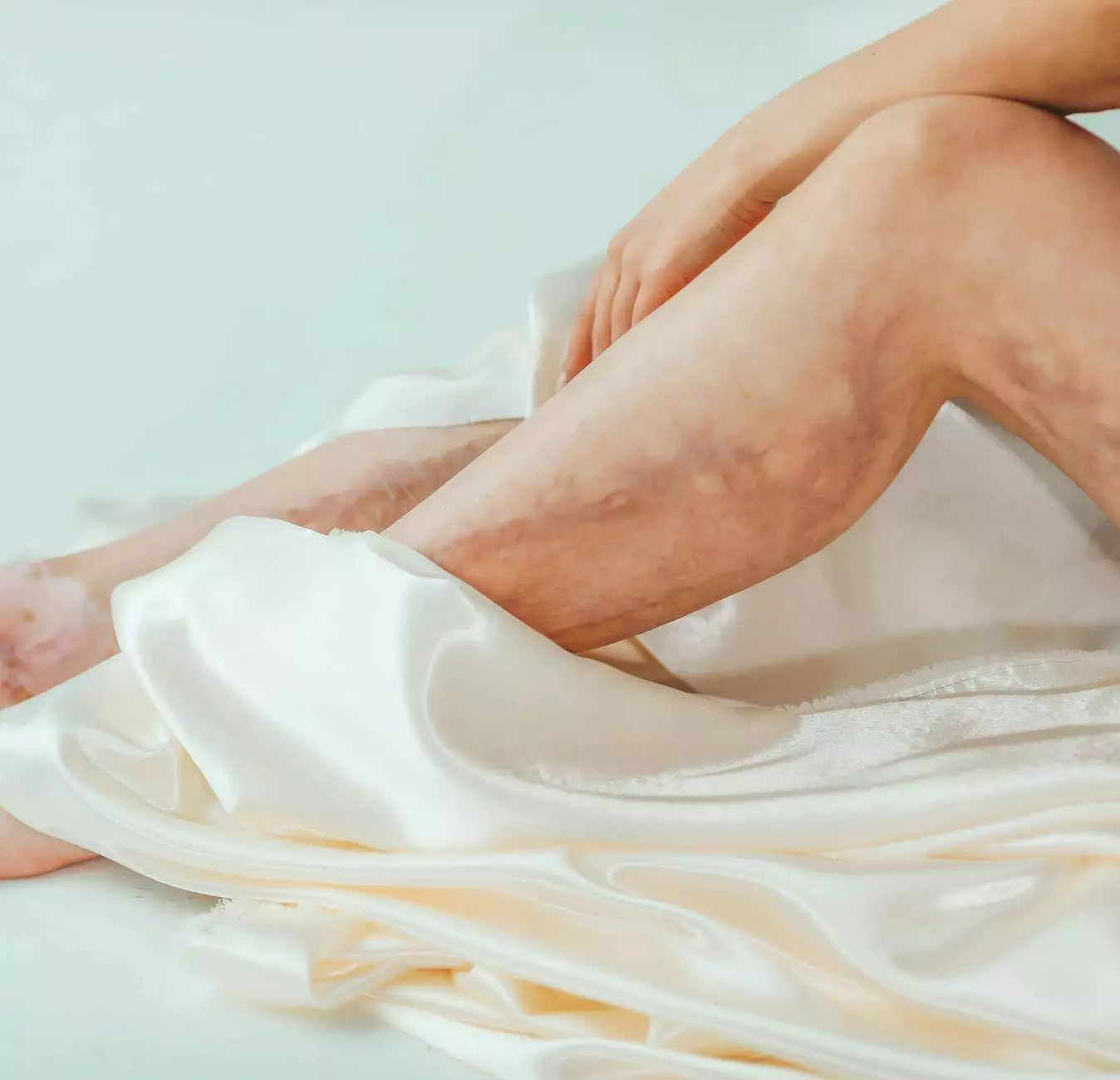Understanding Thrombosed Varicose Veins: Causes, Treatment, and Management

Thrombosed varicose veins are a common yet often misunderstood condition affecting individuals, particularly as they age. This article aims to provide comprehensive insights into what thrombosed varicose veins are, their causes, symptoms, treatment options, and management strategies.
What Are Thrombosed Varicose Veins?
Varicose veins are enlarged, twisted veins that often appear blue or dark purple and are most commonly found in the legs. A thrombosed varicose vein occurs when a blood clot forms in one of these veins, leading to inflammation and pain. This condition can significantly affect a person’s quality of life and requires prompt medical attention.
The Anatomy of Varicose Veins
To understand thrombosed varicose veins, it’s essential to understand the structure of normal veins. Veins carry blood back to the heart and rely on one-way valves to prevent backflow. When these valves become weak or damaged, blood pools in the veins, causing them to stretch and become varicose.
Causes of Thrombosed Varicose Veins
Several factors can contribute to the development of a thrombosed varicose vein:
- Genetics: A family history of varicose veins increases the likelihood of developing this condition.
- Obesity: Excess weight puts additional pressure on the veins in the legs.
- Prolonged Sitting or Standing: Occupations that require long periods of sitting or standing can hinder blood flow.
- Hormonal Changes: Hormonal fluctuations, especially during pregnancy, menopause, or while taking hormonal medications, can affect vein health.
- Age: The risk of varicose veins increases as individuals age due to natural wear and tear on vein valves.
- Injury: Trauma to the legs can lead to vein damage and subsequent thrombosis.
Symptoms of Thrombosed Varicose Veins
Recognizing the symptoms of a thrombosed varicose vein is crucial for timely treatment:
- Pain or Tenderness: Often localized to the affected vein.
- Swelling: The area around the vein may become swollen.
- Redness or Discoloration: Skin over the vein may appear red or inflamed.
- Hardening: The vein may feel firm or hard to the touch.
- Ulceration: In severe cases, sores or ulcers may develop.
Diagnosis of Thrombosed Varicose Veins
Diagnosing a thrombosed varicose vein involves a thorough medical history and a physical examination. Physicians may use ultrasound imaging to assess blood flow and the presence of clots. This non-invasive test can help determine the best course of treatment.
Treatment Options for Thrombosed Varicose Veins
Treatment for a thrombosed varicose vein will depend on the severity of the condition:
Conservative Treatment
In many cases, conservative approaches may suffice:
- Rest and Elevation: Keeping the legs elevated can help reduce swelling and alleviate pain.
- Compression Stockings: Wearing compression stockings can help improve circulation and reduce discomfort.
- Pain Relief: Over-the-counter pain medications may be recommended to manage symptoms.
Medical Interventions
For more severe cases, medical interventions may be necessary:
- Anticoagulants: Blood thinners can be prescribed to prevent further clotting.
- Ultrasound-Guided Sclerotherapy: This procedure involves injecting a solution into the vein, causing it to collapse and fade.
- Endovenous Laser Treatment (EVLT): A minimally invasive approach that uses laser energy to close off the affected vein.
- Vein Stripping: In severe cases, surgical removal of the varicose vein may be warranted.
Preventing Thrombosed Varicose Veins
Prevention is key in managing the risk of developing thrombosed varicose veins:
- Maintain a Healthy Weight: Regular exercise and a balanced diet can help manage body weight.
- Stay Active: Engaging in physical activity promotes healthy circulation.
- Avoid Prolonged Sitting or Standing: Change positions frequently to encourage blood flow.
- Wear Compression Garments: Especially during long flights or car rides.
Living with Thrombosed Varicose Veins
For those diagnosed with thrombosed varicose veins, adapting to the condition is essential. Understanding your treatment options and taking proactive measures can help manage symptoms effectively. It is vital to follow up regularly with healthcare providers to monitor the condition.
When to Seek Medical Help
Immediate medical attention should be sought if you experience:
- Severe pain in the leg, particularly if sudden.
- Swelling that does not subside.
- Skin changes such as increased redness or ulceration.
- Fever or chills, which may indicate infection.
Conclusion
Thrombosed varicose veins can pose significant health challenges, but with proper understanding and treatment, individuals can manage their symptoms effectively. By seeking professional care from specialists like those at Truffles Vein Specialists, patients can receive tailored treatment plans that address their unique needs. Awareness, proactive management, and lifestyle adjustments play critical roles in living a healthy life with or without varicose veins.



